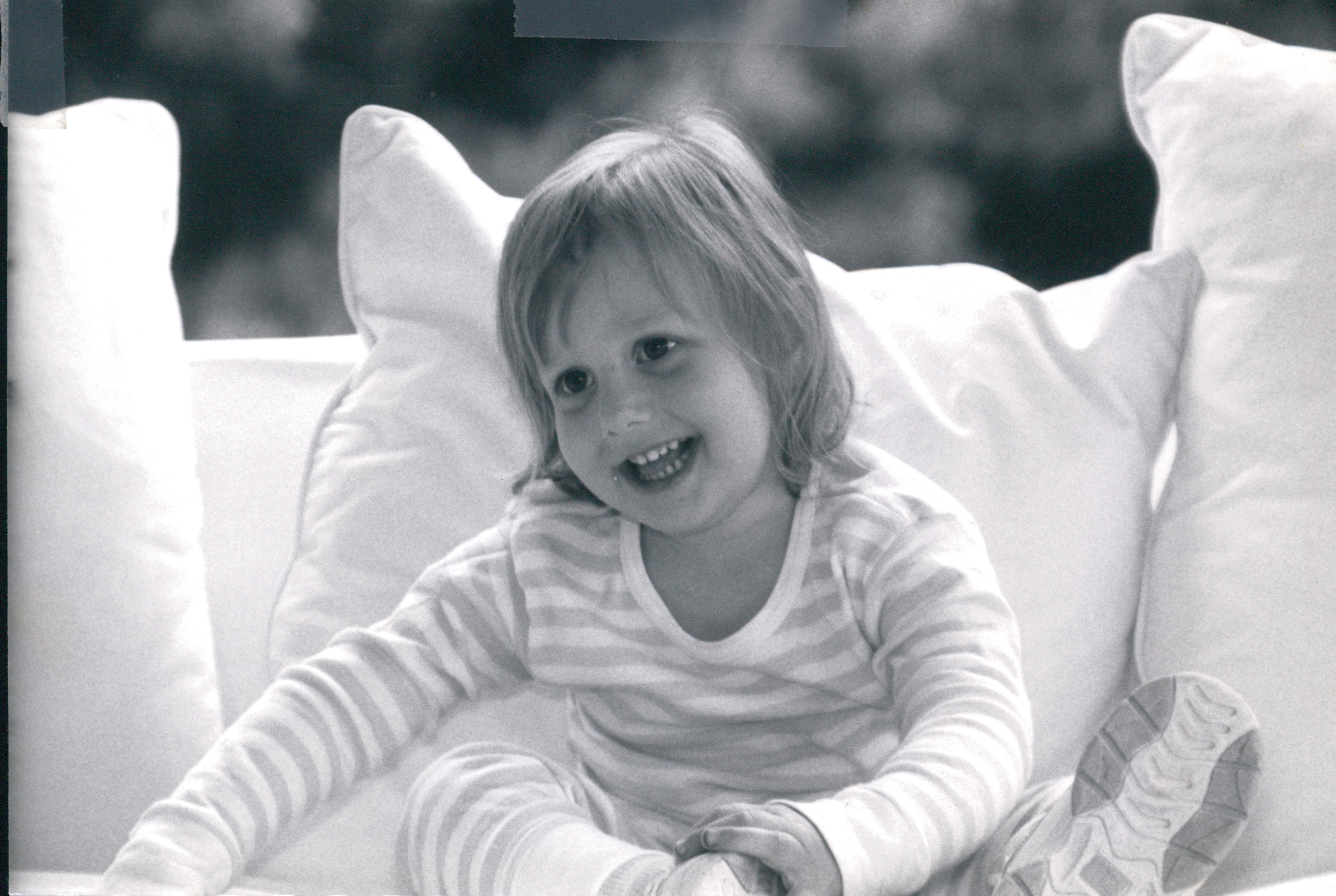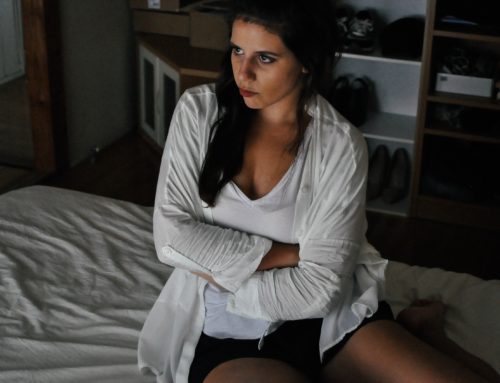When my second child was born with severe brain damage, I thought I would never know how to be happy again.
I was also sure my daughter would never be happy. Emily was born with an intellectual disability and significant physical challenges – how could she be happy?
It wasn’t until years later, when Emily taught me about Heart, that I figured out the error in my thinking.
Although Emily can’t make change for a dollar or tie her shoes, she’s the happiest person I know. And I’ve learned that the secret to her success is that she’s not a good learner – so she never learned not to be happy.
My daughter isn’t scared that if she goes after happiness and lets it last, she’ll go soft or get hurt. She cherishes happiness, makes it a priority and unequivocally enjoys, without guilt, activities that bring her joy.
And that’s because Emily lives Heart-first.
She trusts her heart and it gives her strength, determination and happiness. By watching her, I slowly learned how to tap into my heart to experience happiness. All of us are born with this ability, but most of us need to do a bit of unlearning before we can access the power of Heart.
I had spent my career treating agonizing illnesses, aiming to lessen or even eliminate the distress that brings patients to me, but nothing in my psychiatric training addressed how to help people feel happy. I realized if I can help my patients not just suffer less but also experience more happiness – and learn how to be happy again – shouldn’t that be the goal?
This revolutionized my approach to working with patients. What Emily does naturally I’ve learned to do myself, and now I work with my patients so they can do the same—and you can too. I start with busting misconceptions such as happiness is fleeting or happiness makes you complacent. Or a belief I hear much too often: I don’t deserve to be happy.
Emily has no doubt that she deserves happiness.
She considers being happy as natural as breathing. Emily uses her inborn instincts to guide her to choose or create happy-making situations. Being happy is not reserved for only big achievements (although those are fun) or special occasions or select people.
My daughter sees happiness in everyday experiences. She loves a warm bowl of pasta with cheese sauce, and savors it from first bite to last. For every bowl of pasta that comes into her life. To her, eating pasta is happy-making and she’s ready to share this joy with anyone. In fact, the sharing itself is happy-making.
In my personal quest for happiness I consulted experts, spiritual teachers and self-help books. Nothing worked until I put Emily’s lessons into practice. I learned that being happy doesn’t have to be complicated. Through Emily, I’ve come to see that happiness is waiting right there, inside all of us.
What misconception of happiness are you ready to let go of? Let me know in the comment section below. And if you want to find out if you’re living Heart-first, take this short quiz.
Heartfelt wishes,
Amy






